Discovering Durability: What is James Hardie Siding?
Your home is your castle – or at least that is how the expression goes. While the average American home doesn’t have fortified walls which can withstand siege-weapons, we do like to think of our homes as places where we feel secure. Your home’s siding, along with your roof, is your first line of defense against the elements – and your choice of siding makes a difference!
This article will look at one of the most durable siding options on the market: James Hardie fiber cement siding. This composite material is a great option for homeowners who want to install new siding which offers both curb-appeal and stays tough under even the most demanding circumstances.
Siding: Why Durability Matters
Our home’s may not need to repel barbarian invaders, but all the same they do face daily challenges. Mother Nature is perhaps our most formidable opponent, and she has at her disposal strong winds which throw heavy objects, bleaching sunlight, driving rain, extreme temperatures, and hungry insects.
Accordingly, impact resistance, resistance to fading, resistance to moisture, resistance to fire, and resistance to termites are the primary types of durability that we look for in home exterior siding products.
Curious how different types of siding fare in high winds? Check out our article on siding hurricane and wind resistance.
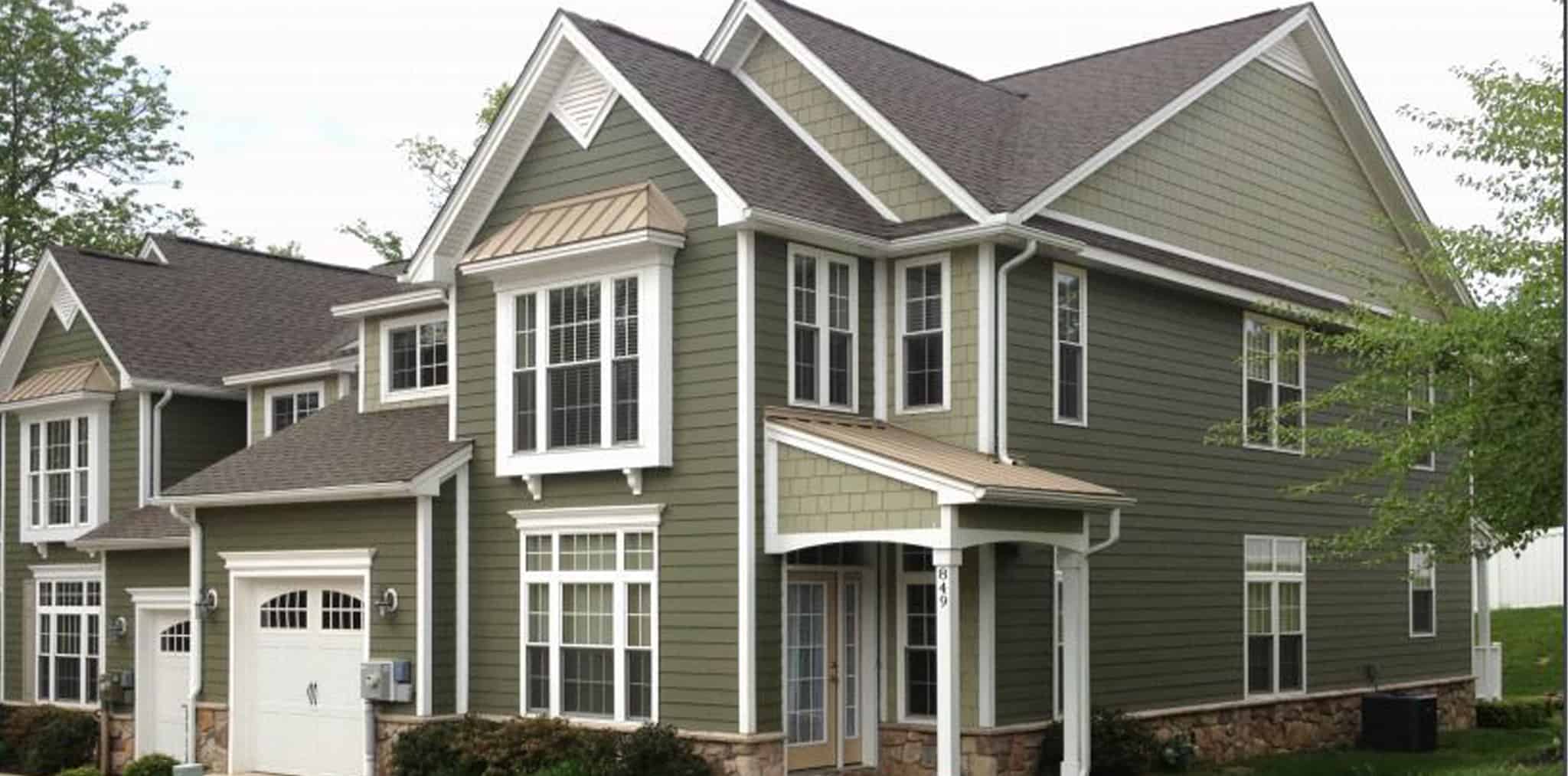
Common Types of Siding and their Durability
1. Stucco
- Impact Resistance:



- Fade Resistance:




- Moisture Resistance:



- Fire Resistance:




- Termite Resistance:





Stucco is the most common type of siding in America and a plaster made from cement, sand, and lime, which is applied in several layers over a wood or metal lath. It’s known for its textured appearance and is resistant to fire and termites. However, it can be susceptible to moisture damage and may crack when it experiences moderate impacts.
2. Vinyl Siding
- Impact Resistance:

- Fade Resistance:



- Moisture Resistance:




- Fire Resistance:


- Termite Resistance:





Vinyl siding is a plastic exterior cladding and is the second most common siding in use. It is known for its low cost and ease of installation. While it resists moisture and termites effectively, it’s not particularly good against impact or fire. With sun exposure, vinyl tends to fade and become brittle. Heat sources, such as grills and even reflected sunlight from neighbors’ windows can cause vinyl siding to bubble and warp.
3. James Hardie Fiber Cement
- Impact Resistance:




- Fade Resistance:





- Moisture Resistance:





- Fire Resistance:





- Termite Resistance:





James Hardie fiber cement siding is a blend of cement, sand, and cellulose fibers. It is highly durable, offering excellent resistance to fire, termites, moisture, and fading. Its impact resistance is also notable, making it a top choice for durability. The manufacturer stands behind its durability and offers a 30 year warranty on the siding itself, and a 15 year guarantee against fading.
4. Brick
- Impact Resistance:





- Fade Resistance:





- Moisture Resistance:




- Fire Resistance:





- Termite Resistance:





Brick siding is made from fired clay and offers exceptional durability. It is highly resistant to impact, fire, termites, and fading. While it’s generally good against moisture, poor installation may lead to water seepage issues.
Brick veneers are available as a retrofit option for existing constructions, but are not as durable and are not appropriate for all homes due to their weight.
5. Wood Lap Siding
- Impact Resistance:



- Fade Resistance:


- Moisture Resistance:


- Fire Resistance:


- Termite Resistance:

Wood lap siding consists of overlapping wood boards. It offers a traditional aesthetic but is less durable in terms of moisture, fire, and termite resistance. Wood siding needs to be regularly painted in order to have a semblance of long-term durability and is becoming an increasingly rare sight on homes due to its high maintenance requirements.
What is James Hardie Siding?
James Hardie siding is the leading brand of fiber cement siding and offers a wide range of products to give homeowners their choice of exterior aesthetic. Hardie products come unpainted, or in a variety of fade-resistant siding colors that incorporate their ColorPlus technology.
ColorPlus products include a warranty against fading, peeling, and cracking for 15 years.
Check out our article on the Cost of Vinyl versus Hardie Board which takes a closer look at the typical lifespan of James Hardie products to learn more.
James Hardie Design Options
HardiePlank Lap Siding & HardieShingle:
Get the look of traditional wood lap siding or shingle siding without the worry about painting, cracking, mold, fire, or termites!
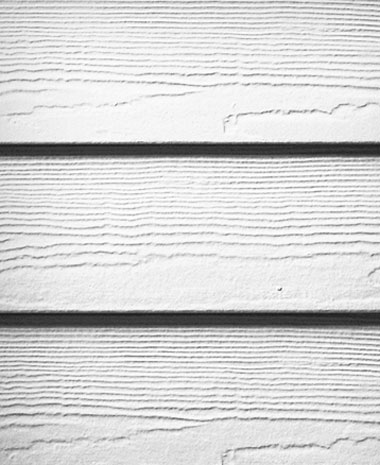
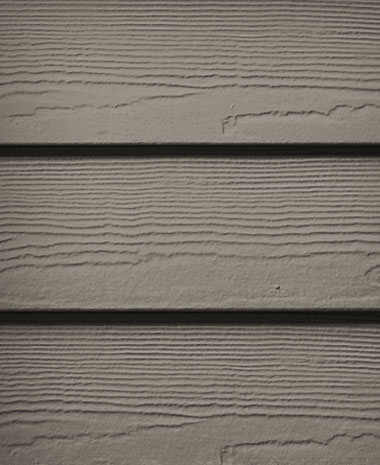

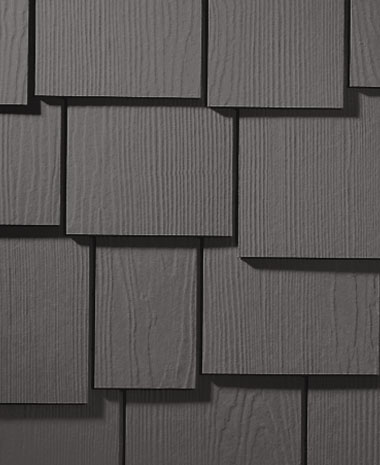
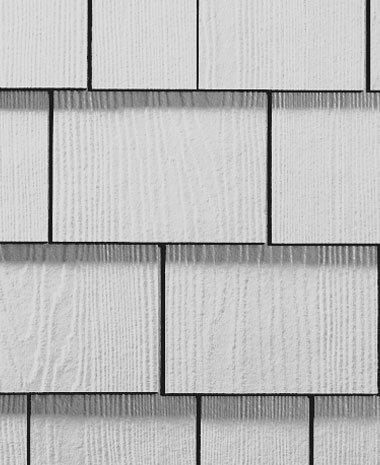
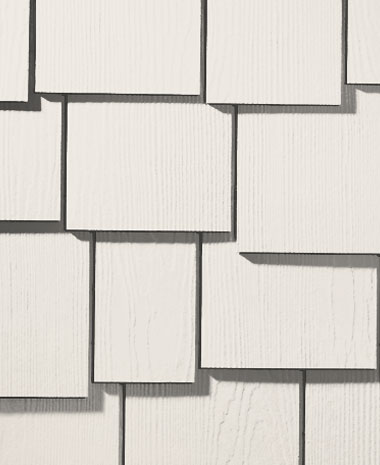
HardiePanel Vertical Siding
James Hardie offers the HardiePanel Vertical Siding. From the classic look of stucco to their subtly modern Sierra 8 design, there are options for all tastes.
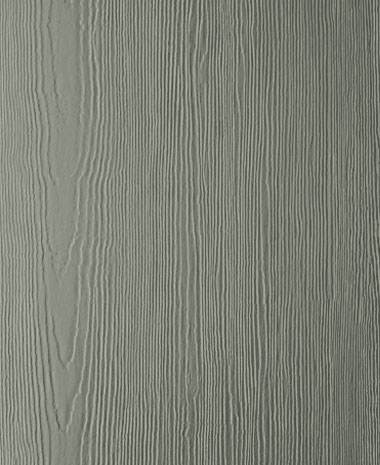
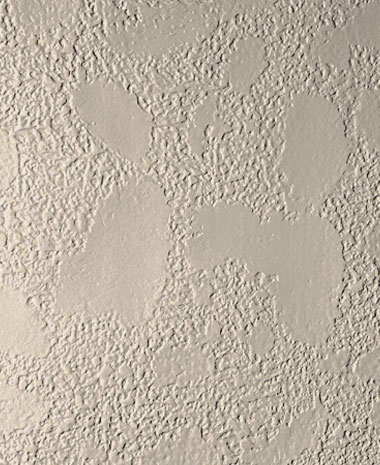
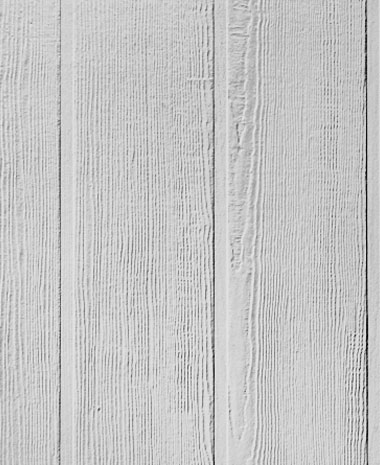
HardieTrim & HardieSoffit
James Hardie manufactures a complete line of fiber cement products, allowing you to appoint your entire exterior with this durable, low maintenance material.
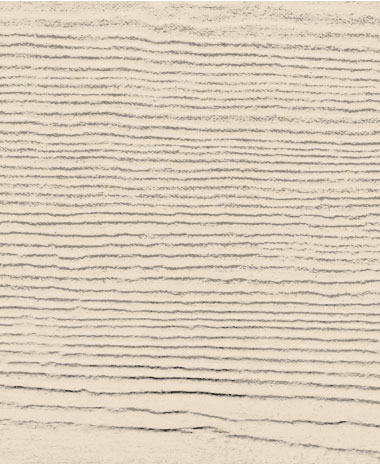
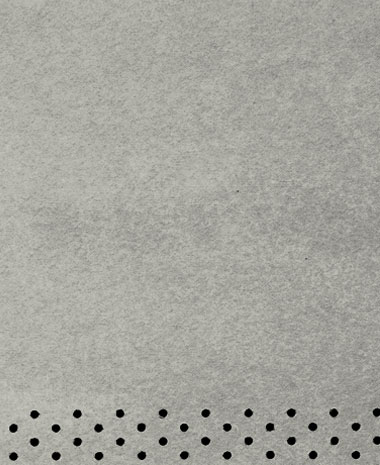
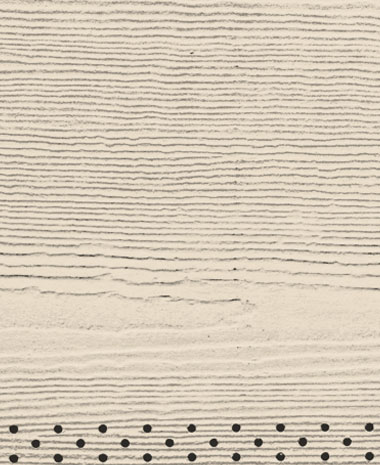
Durable, Low-Maintenance, Great Curb Appeal!
When it comes time to choose siding for your home, you don’t have to sacrifice curb appeal for durability. James Hardie fiber cement products are incredibly resilient and easily stand up to the toughest conditions. From shrugging off impacts, deterring termites, and resisting fire and water, there is little that fazes James Hardie siding. Even the color is engineered for durability, resisting the bleaching effects of our summer sun!
If you’re looking for siding that provides peace of mind and requires almost no maintenance, James Hardie products are a great option. Contact a James Hardie Elite Preferred Contractor to get a free siding consultation and see which siding options will look best on your home!
